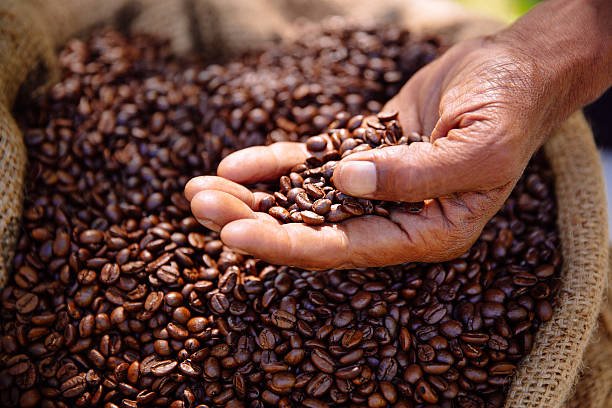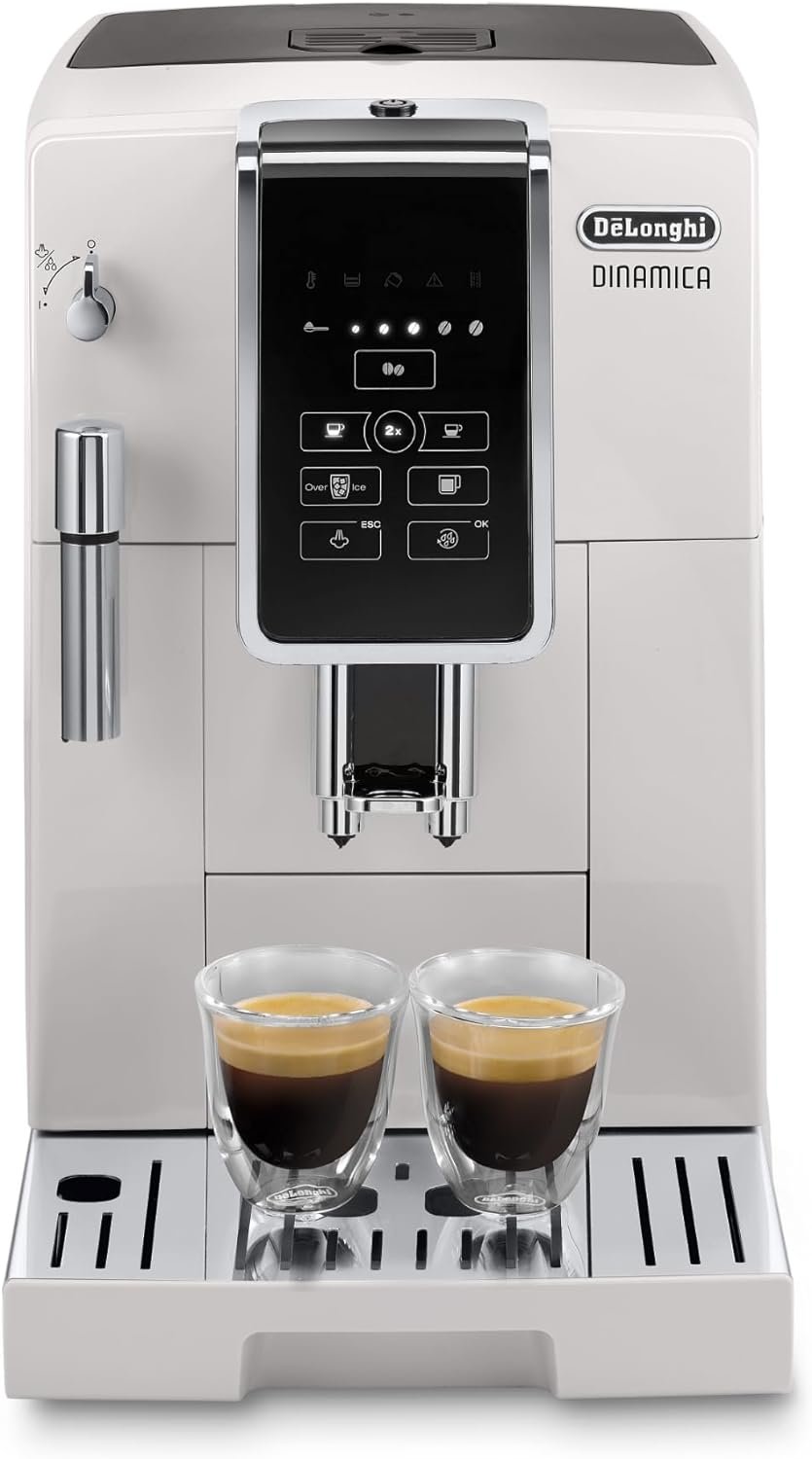Pull up a chair and pour yourself a fresh cup of joe. It’s time to immerse yourself in the wondrous world of coffee roasting — a domain where the humble coffee bean metamorphoses into the elixir we know and love. For the coffee aficionado, understanding the nuances between dark roast and light roast elevates your everyday cup from a mundane routine to a captivating experience. This guide is your passport to coffee enlightenment, as we decipher the mysteries behind two of the most popular roasts in the coffee cosmos.
Table of contents

Introduction to the World of Coffee Roasting
To comprehend the difference between dark and light roasts, it’s essential to grasp the foundational practice of roasting. Think of it as the alchemy of the coffee world. Green coffee beans, with their raw potential, are gently roasted at temperatures over 500°F. This process not only darkens the beans but also triggers a complex cascade of chemical exchanges within the bean. The result is the release of over 800 aromatic compounds, fundamentally altering the flavor, aroma, and body of the coffee.
Roasting is a craft that marries art and science. Roastmasters employ their senses to gauge the beans’ color, aroma, and crackling sounds, all while adhering to precise temperature and time parameters.
Roast levels, like different shades on an artist’s palette, create a diverse spectrum of flavors, allowing the consumer to choose from among the intricacies of light, medium, and dark roast coffees. Today, our focus is on the polar ends of this spectrum, the light roast, and the dark roast.
Coffee Roaster Machine for Home Use

- 110V Upgraded Coffee Roasters for Home Use
- High Efficient Roasting Machine
- Professional Design Electric Coffee Roaster Machine
- Easy to Operate
Understanding Light Roast
The darling of the specialty coffee crusaders, light roast coffee is known for its brightness, high acidity, and a plethora of nuanced flavors. The roasting process typically stops just as the beans reach the first crack, the point where the beans expand and water vapor escapes, creating an audible pop. This gentle roasting technique aims to preserve the bean’s intrinsic flavors, which are often masked by heavier roasts.
Light roasts boast a grain-like taste, which can be floral, fruity, or malty, depending on the bean’s origin. Popular light roast single origins often come from Ethiopia, Kenya, and Costa Rica, celebrated for their distinctive fruity and flowery notes.
The body of a light roast is light to medium, offering a tea-like mouthfeel that gently caresses the palate. It is in light roasts where you will find the highest caffeine content, a shining beacon for those in need of a morning wake-up call.
Exploring Dark Roast
Dark roast is the memento of the brown revolution that began in the 80s when robusta beans, with their high caffeine and high bitterness, leapt into popularity. This lengthy roasting process, after the initial crack, allows the beans to reach a second, even third crack, signifying the release of oils on the bean’s surface.
The defining character of dark roast is its rich, bold flavor. It results in full-bodied coffee with low acidity and flavors that are deep, smoky, and often associated with notes of chocolate, caramel, and toasted grains. Prominent dark roast origins are Brazil, Indonesia, and parts of Africa, where the beans’ robust characteristics can stand up to the intense heat of roasting.
A dark roast boasts a notable oiliness and robust, relentless flavor that punctuates every sip. Its caffeine content is lower than its lighter counterparts, as the prolonged exposure to heat breaks down the caffeine molecules.
Comparing Flavor Profiles
The contrast in flavor profiles is stark. Light roasts, with their emphasis on acidity and subtler notes, provide a complex and nuanced taste experience. They’re the choice for those who relish a vibrant and crisp coffee, often with fruity or floral undertones.
Dark roasts, on the other hand, highlight the bean’s deeper, more caramelized sugars, providing a heavy, bittersweet flavor profile that resonates with those who prefer a strong, full-bodied coffee characterized by its smoky aftertaste.
How do these differences come to be? It’s all about the roasting process — a few degrees higher or lower, a few minutes shorter or longer can dramatically change the flavor profile.
Health and Caffeine Content
The dichotomy extends beyond taste; the health implications and caffeine content of these roasts are also divergent. Light roasts, with their high caffeine content, provide a more invigorating experience. They are often considered to have more health benefits, such as being higher in antioxidants.
Dark roasts, with their lower caffeine levels and higher concentrations of compounds like N-methylpyridinium, are gentler on the stomach and can provide a prolonged, less jolting caffeine release. They’re also said to contain more chlorogenic acids, known for their benefits in weight management and liver health.

The Roast for You: Tips for Choosing
The roast that suits you best is a matter of personal taste and brewing preference. If you enjoy the ritual of coffee making and savor the origin’s natural complexities, a light roast is likely your cup of tea. Consider a pour-over or a siphon for brewing, as these methods can best extract the light roast’s delicate flavors.
For the bold aficionado who prefers a more robust and bitter profile, the dark roast is your destined companion. French press or espresso methods are ideal, as they highlight the dark profile’s richness and oiliness.
Conclusion: Celebrating the Diversity of Coffee
Choosing between light and dark roast coffee is not about one being better than the other; it’s about choosing the one that best aligns with your personal tastes and mood. The beauty of coffee lies in its diversity, much like the people who enjoy it.
Dear reader, as you sip the last drops of your current brew, I encourage you to explore the world of roasts. Engage your senses, revel in the aromas, and celebrate the multifaceted flavors that coffee has to offer. And remember, whether you’re in the camp of light or dark roasts, in the end, the perfect cup is the one that brings you joy.
Share your roast preference and discoveries with us. Which brew do you reach for, and what do you love about it? It’s these conversations that enrich our coffee community and keep us inspired to raise our mugs to a life well caffeinated.






